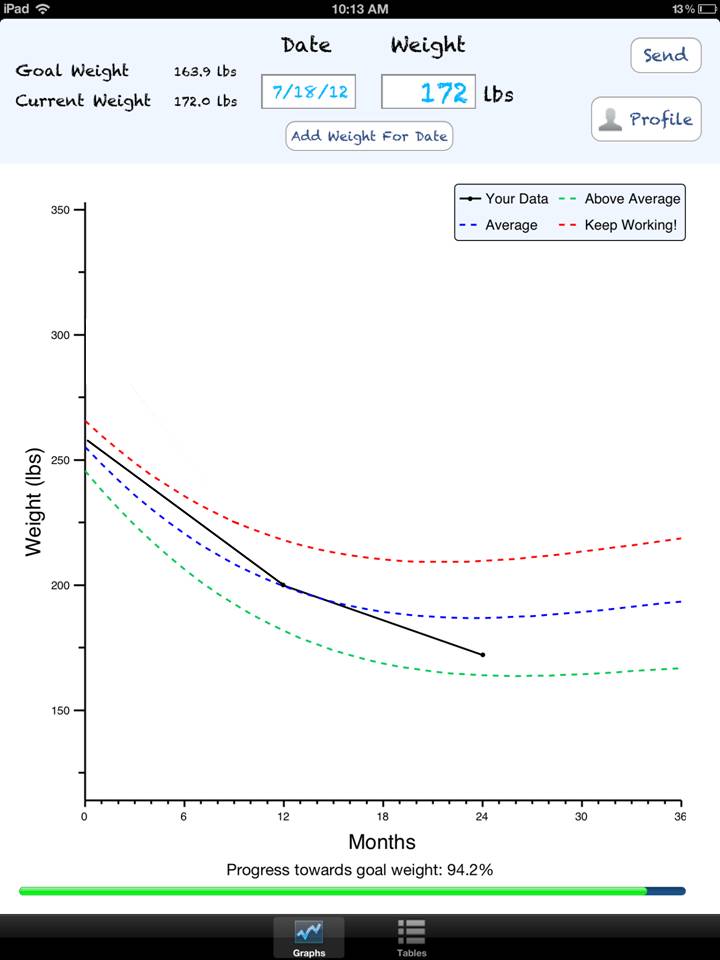
Geisinger has been investing in mobile technologies to engage patients and their families in their care since 2011. In my blog post last year, I shared Geisinger’s texting programs, mobile data capture and experiences with their first mobile app to support Cardiac Rehab.
Geisinger continues to explore new technologies to involve patients and to improve the patient and physician interaction. “Mobile apps are just another way to drive patient engagement. We think we will have better adoption by patients if we use technology that they have already adopted in their lives”, explains Chanin Wendling, Director, eHealth, Geisinger Health System. “Our goals are to improve patient outcomes and reduce costs. We pursue patient engagement because of studies from folks like Hibbard & Greene 2013 and Veroff & Wennberg 2013 that show that engaged patients have better outcomes at lower costs. We want to provide patients with tools that help them understand their condition and follow their care plans so they can stay as healthy as possible.”
Piloting Mobile App Supporting Bariatric Surgery
 Geisinger Get 2 Goal Mobile AppGeisinger began piloting their second mobile app Get~2~Goal in September, 2012 to help manage patients’ surgical weight loss expectation and provide a journal for tracking weight loss after the surgery. The Get~2~Goal app presents the patient with personalized weight management goals using her own entered data (e.g. age, weight, height). She can monitor her weight loss towards that goal and see how she is doing compared with other patients like her.
Geisinger Get 2 Goal Mobile AppGeisinger began piloting their second mobile app Get~2~Goal in September, 2012 to help manage patients’ surgical weight loss expectation and provide a journal for tracking weight loss after the surgery. The Get~2~Goal app presents the patient with personalized weight management goals using her own entered data (e.g. age, weight, height). She can monitor her weight loss towards that goal and see how she is doing compared with other patients like her.
The app was developed by Geisinger’s Obesity Institute in collaboration with Bucknell University’s computer science staff and students.
Patients have shared positive comments including:
“Great App! Surgery on Tuesday, so this will be a great motivator”
“I like it. It's very helpful and lets you know whether you're on the right track or not weight wise. So far I'm doing above average. Woo hoo to us!”
The clinical sponsor for the Get~2~Goal project was Dr. Christopher Still, Director of Geisinger Obesity Institute and Medical Director for the Center for Nutrition & Weight Management. He uses the app when discussing bariatric surgery with his patients and, recommends that they download it to their mobile devices. Dr. Still has observed an improved patient/physician interaction when a patient sets realistic weight loss expectations with the guidance of the clinician. “This app allows patients and their physicians to discuss patient specific outcomes regarding gastric bypass surgery. It is important for both the patient and their physician to have real expectations and assess the risk/ benefit of the procedure.”
Building Mobile Apps Ourselves
In addition to experimenting with Cardiac Rehab and Get~2~Goal apps, Geisinger wants to expand into apps for different chronic conditions and set out to research the market. “We were disappointed with what we found. Most vendors had apps focused only on one chronic condition. Although vendors had plans to expand into other chronic conditions, we had a hard time picking a reasonable partner based on their stated direction”, Wendling explains.
Wendling feels the mobile health app market is still in the early stages. She explains that vendors are approaching her organization with a business model that just doesn’t scale. “If a vendor charges us a rate of $10+ per member per month, how do we make that work for patients with multiple conditions? We have over 75,000 patients with hypertension and 30,000+ with asthma. Although the app will not be appropriate for all of these patients, the costs add up rather quickly.”
After evaluating many mobile apps, Wendling points out that the patient experience is not thought through. She has asked vendors about how patients can personalize their app. “I may be a patient who works night hours so why shouldn’t I be able to set the time of the reminders to fit my schedule? Also, why can’t I select the method of receiving the reminders, through email or text messages”, adds Wendling.
The final reason that Geisinger has decided to build mobile apps internally is because integration is important. “We’ve found that many solutions do not integrate with our EMR which is essential since we need to incorporate the patient information into our clinical workflow” Wendling explains. “Although it is not unusual that the early innovated apps do not integrate with the EMR, vendors do recognize that they need to get there. So any app we purchase, we would most likely have to do the integration ourselves anyway. We haven’t made any decisions that we will always develop our own apps. If we see something out in the marketplace that works and we have the budget, we will go for it. We just may need to wait a little longer until the marketplace matures.”
Mobile App Development Journey
As their first venture into internal mobile app development, Geisinger selected a simple procedure and defined key capabilities which are replicable across more complex procedures. With the new Colonoscopy mobile app scheduled to be launched next month, patients can prepare for their procedure through:
- Education: explains what will happen during the procedure
- Shopping: lists can be created and transferred as a note to the mobile phone
- Reminders: for days before the procedure directing the patients to steps that need to be done
- Pictures: visual guides of their bowel movement during the preparation process
“Geisinger’s colonoscopy mobile app is unique among health care related apps in that it provides a personalized experience for the patient. From prep instructions based on scheduled appointment time, interactive ’am I ready for my procedure’ section to the ability to easily set reminders/alerts; this app takes advantage of a lot that mobile technology has to offer. As a gastroenterologist, my hope is that this app will allow patients to feel more empowered and in control of their bowel preparation; typically the most difficult part of the colonoscopy experience. We know that with improved prep comes better outcomes and thereby, over time, lives saved. I feel that modern health care needs to embrace mobile technology as a rapidly growing and exciting tool to improve patient care”, explains Dr. Amitpal S Johal, Director of Endoscopy, Geisinger Medical Center.
“We are looking into other surgical procedures which can use this same set of capabilities. One area that we are considering is Vascular surgeries since we work closely with our Vascular department at Geisinger”, shares Wendling.
Future Mobile Health Roadmap
As they look to the future, Geisinger is working on enhancing current mobile apps and is exploring the use of mobile to support patient care before, during and after a hospital visit.
The next version of the Get~2~Goal app is under development. Geisinger is improving the patient experience through a better user navigation, the capability for patients to enter their own weight loss goals, and the addition of recently developed calculations for other bariatric surgery outcomes (i.e. likelihood for remission of diabetes).
Geisinger is also looking into ways that mobile devices and apps can help patients pre, during and post hospital stay. They are starting with their Janet Weis Children’s Hospital which treats kids with complex conditions such as cancer, heart or neurological issues. Geisinger understands that being in the hospital is scary for the child and their family. “With mobile apps, children and their parents will be able to prepare for the surgery, use an iPad during their hospital visit to capture pain levels and then track their recovery at home”, describes Wendling.
In the future, Geisinger is planning for a personalized patient experience. “Our dream is to be tailored in our patient care. Given the patient’s profile, s/he will have technology options and tools to gather preferences and schedules to guide the care plan. We want to use this information to also match the appropriate intervention”, Wendling concludes.